Home>Garden Essentials>Why Does The Game Encourage Crop Rotation
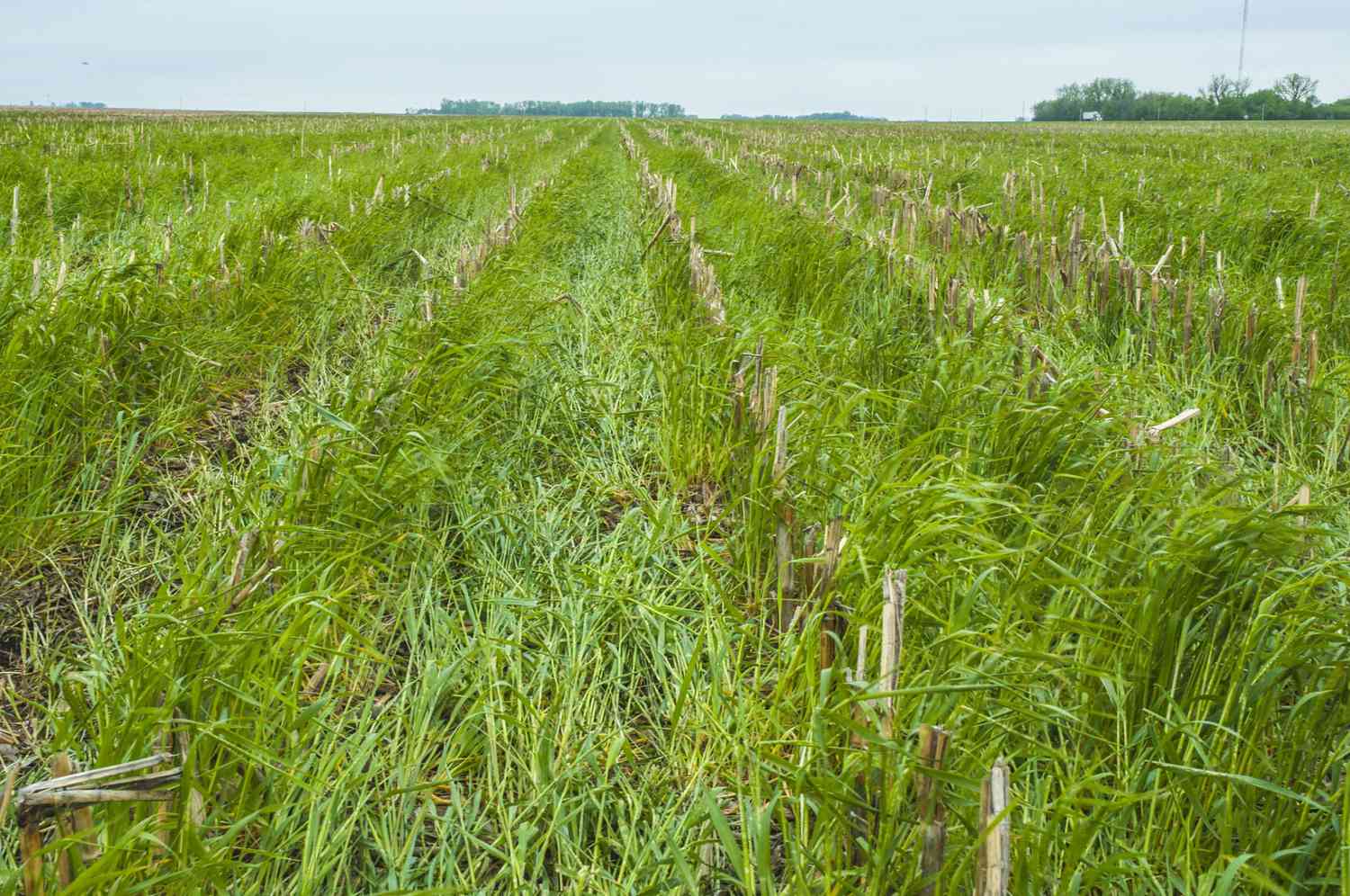

Garden Essentials
Why Does The Game Encourage Crop Rotation
Modified: March 15, 2024
Learn why crop rotation is encouraged in the game for better garden results and increased plant health. Find out the benefits and strategies to implement in your own garden.
(Many of the links in this article redirect to a specific reviewed product. Your purchase of these products through affiliate links helps to generate commission for Storables.com, at no extra cost. Learn more)
Introduction
Have you ever wondered why professional gardeners and agricultural experts stress the importance of crop rotation? It may seem like a simple concept, but the practice of crop rotation actually has a deep history and plays a vital role in the health and productivity of our gardens and farms.
Crop rotation is a farming technique that involves the systematic sequencing of different crops in the same area over several years. Instead of continuously planting the same crop season after season, farmers rotate their crops to optimize soil fertility, control pests and diseases, manage weeds, promote sustainability, and ensure economic viability.
In this article, we will delve into the world of crop rotation, exploring its historical origins, the benefits it offers, and its impact on soil fertility, pest and disease control, weed management, sustainability, biodiversity, and economics. So, let’s dig in and discover why crop rotation is a game-changer for gardeners and farmers alike.
Key Takeaways:
- Crop rotation is like a game plan for farmers and gardeners, helping them keep the soil healthy, control pests, and grow better crops without relying on lots of chemicals.
- By switching up the crops they grow, farmers can save money, make their farms more resilient, and create a diverse and balanced environment that supports lots of different plants and animals.
Read more: Why Is Crop Rotation Important?
What is crop rotation?
Crop rotation is a farming practice that involves the systematic rotation of different crops in a particular area over a period of time. It is a strategic approach to diversifying the crops grown on a piece of land to maximize productivity and minimize the risk of pests, diseases, and soil depletion.
The concept of crop rotation dates back centuries, with evidence of its practice in ancient civilizations such as the Roman Empire and ancient China. However, it was not until the 18th century that crop rotation gained widespread recognition as a systematic method for improving soil fertility.
At its core, crop rotation involves dividing a piece of land into sections and growing different types of crops in those sections over a set period of time. For example, a common rotation cycle may involve growing nitrogen-fixing legumes, such as peas or beans, in one section, followed by a section dedicated to cereal crops like corn or wheat, and finally a section for root crops like carrots or potatoes.
The length of the rotation cycle can vary depending on several factors, including the specific crops being grown, the soil type, and climate conditions. Some rotations may span a few years, while others may cover a longer period, such as five or even ten years.
By rotating crops, farmers can effectively manage soil fertility, reduce the accumulation of pests and diseases, control weeds, and promote sustainable agricultural practices. In addition, crop rotation plays a crucial role in promoting biodiversity and reducing the environmental impact of farming by decreasing the need for synthetic fertilizers, pesticides, and herbicides.
Overall, crop rotation is a fundamental practice in modern agriculture, as it offers numerous benefits for both the land and the crops grown on it. Throughout the rest of this article, we will explore these benefits in more detail, showcasing the importance of incorporating crop rotation into gardening and farming practices.
Historical origins of crop rotation
The practice of crop rotation has deep historical roots and has been employed by civilizations around the world for centuries. The earliest evidence of crop rotation dates back to ancient societies such as the Roman Empire and ancient China.
In ancient Rome, farmers practiced a form of crop rotation known as the “triquetral system,” where they divided their land into three sections. One section was dedicated to cereals, such as wheat or barley, while the second section was used for legumes like beans or lentils. The third section was left fallow to allow the land to rest and recover its fertility. This rotational system helped replenish the soil, improved its nutrient content, and boosted crop yields.
In ancient China, the concept of crop rotation was also prevalent. Chinese farmers implemented a five-field system, which involved dividing their land into five sections and rotating crops accordingly. These crops included rice, wheat, soybeans, vegetables, and fallow land. This rotation system effectively maintained soil fertility, prevented pest and disease buildup, and ensured sustainable agriculture.
In Europe, the practice of crop rotation gained popularity during the 18th century following the emergence of the British Agricultural Revolution. One of the key figures behind the promotion of crop rotation was the English agriculturalist Charles Townshend, also known as “Turnip Townshend.” He introduced the concept of alternating winter wheat with turnips, which acted as a fodder crop. This innovation not only improved soil fertility but also provided a nutritious feed for livestock, leading to enhanced agricultural productivity.
The advances in crop rotation techniques continued to evolve throughout the centuries, with further innovations in the 19th and 20th centuries. Scientists and agronomists, such as Sir Albert Howard and Rudolf Steiner, promoted a more holistic approach to agriculture, emphasizing the importance of incorporating legumes and cover crops in crop rotation systems to enhance soil health and biodiversity.
Today, crop rotation remains a cornerstone of sustainable farming practices worldwide. It is rooted in centuries of historical wisdom and continues to be refined through scientific research and innovation.
In the next sections, we will explore the multitude of benefits that crop rotation offers, including enhanced soil fertility, pest and disease control, weed management, sustainability, biodiversity promotion, and economic advantages.
The benefits of crop rotation
Crop rotation offers a multitude of benefits for both the soil and the crops grown on it. By implementing a systematic rotation of crops, farmers and gardeners can maximize productivity, improve soil fertility, control pests and diseases, manage weeds, promote sustainability, enhance biodiversity, and reap economic advantages. Let’s explore these benefits in more detail:
Enhancing soil fertility: Crop rotation plays a crucial role in maintaining and enhancing soil fertility. Different crops have varying nutrient requirements, and by rotating crops, farmers can prevent the depletion of specific nutrients in the soil. For example, legume crops have the ability to fix nitrogen from the air and convert it into a form that plants can use. By including legumes in the rotation, farmers can naturally enrich the soil with nitrogen, reducing the reliance on synthetic fertilizers.
Pest and disease control: Planting the same crop in the same area year after year can create a favorable environment for pests and diseases to flourish. Crop rotation disrupts the life cycles of pests and diseases, making it harder for them to survive and reproduce. For example, by rotating crops, farmers can break the cycle of pests that are specific to certain plant families. This reduces the need for chemical pesticides and decreases the risk of crop damage.
Weed management: Crop rotation can also help in managing weeds effectively. Different crops have different growth habits and root depths, which can crowd out and suppress weeds. By alternating crops, farmers can disrupt the lifecycle of weeds and prevent them from becoming established. Additionally, some crops, such as cover crops, can be used specifically to smother and suppress weeds, leading to reduced reliance on herbicides.
Sustainability: Implementing crop rotation practices promotes sustainability in agriculture. By reducing the reliance on synthetic fertilizers, pesticides, and herbicides, crop rotation helps mitigate the negative environmental impacts associated with their usage. It also promotes the use of natural and organic methods, leading to healthier ecosystems and reduced chemical pollution in soil and water sources.
Promoting biodiversity: Crop rotation fosters biodiversity by providing a variety of habitats for different plant species and beneficial organisms. It helps in the diversification of flora and fauna, including beneficial insects, microorganisms, and soil organisms. This, in turn, contributes to a more resilient and balanced ecosystem, reducing the risk of pest outbreaks and enhancing natural pollination and nutrient cycling.
Economic advantages: Crop rotation can lead to economic advantages for farmers. By managing pests and diseases more effectively, farmers can reduce crop losses and increase yields. It also reduces the need for expensive inputs such as synthetic fertilizers and pesticides, resulting in cost savings. Additionally, by diversifying the crops grown, farmers can tap into different markets and spread their risks, ensuring a more stable income.
Crop rotation is a powerful tool that offers numerous benefits to gardeners and farmers. By implementing this practice, they can maximize productivity, protect the soil, mitigate pest and disease pressures, preserve biodiversity, and improve the long-term sustainability and economic viability of their operations. In the next sections, we will delve deeper into the specific aspects of soil fertility, pest and disease control, weed management, sustainability, and biodiversity promotion within crop rotation systems.
Enhancing soil fertility through crop rotation
One of the key benefits of crop rotation is its ability to enhance soil fertility. Over time, continuous cultivation of the same crop can deplete the soil of certain nutrients, leading to decreased yields and the need for synthetic fertilizers. Crop rotation counters this by strategically alternating crops with different nutrient needs and contributions.
When planning a crop rotation system, farmers consider the nutrient requirements and contributions of each crop. Some plants, like legumes, have the unique ability to form symbiotic relationships with nitrogen-fixing bacteria in their root nodules. These bacteria convert atmospheric nitrogen into forms that can be used by plants. By including legumes in the rotation, farmers effectively “fix” nitrogen in the soil, reducing the need for synthetic nitrogen fertilizers.
In addition to nitrogen, different crops have varying demands for other essential nutrients such as phosphorus, potassium, and micronutrients. By rotating crops with diverse nutrient needs, farmers ensure a more balanced nutrient profile in the soil. This helps prevent nutrient imbalances and deficiencies, which can negatively impact plant growth and productivity.
Crop rotation can also improve soil structure and tilth. Some crops, like deep-rooted vegetables or cover crops with fibrous root systems, have the ability to penetrate and break up compacted soils. These crops help improve soil drainage, aeration, and water-holding capacity. As a result, the overall soil health and quality are improved, allowing for better root development and nutrient uptake by subsequent crops.
Another way crop rotation enhances soil fertility is by suppressing soil-borne pathogens and reducing the risk of disease buildup. Some crops have natural disease resistance, and by rotating these crops with susceptible ones, farmers can decrease the incidence and severity of diseases. This reduces the reliance on chemical pesticides and fungicides, promoting a more sustainable and environmentally friendly approach to farming.
It is important to note that the success of enhancing soil fertility through crop rotation relies on careful planning and adherence to proper rotation sequences. The length of rotation, the specific crops selected, and the order in which they are planted all play a crucial role in optimizing nutrient cycling and maintaining a fertile soil ecosystem.
Overall, crop rotation is a valuable practice for enhancing soil fertility. By diversifying the crops grown and implementing strategic rotations, farmers can effectively manage nutrient availability, improve soil structure, suppress soil-borne diseases, and reduce the need for synthetic fertilizers and pesticides. In the next sections, we will explore how crop rotation aids in pest and disease control, weed management, sustainability, biodiversity promotion, and the economic advantages it offers.
Read more: Why Crop Rotation Is Important
Pest and disease control in crop rotation
Crop rotation is a powerful tool for managing pests and diseases in agricultural systems. By disrupting the life cycles of pests and diseases and interrupting their host-plant relationships, crop rotation helps reduce the risk of infestations and outbreaks, ultimately minimizing the need for chemical interventions.
When the same crop is continually grown in the same area, pests and diseases that target that specific crop can build up in the soil, creating a favorable environment for their proliferation. By rotating crops, farmers can break this cycle and reduce the population of crop-specific pests and diseases. This practice helps maintain a healthier overall ecosystem and minimizes the risk of future infestations.
Planting different crop species in succession also increases biodiversity, which creates a more balanced environment that is less favorable to the buildup of pests and diseases. Insects and pathogens that may have been attracted to a specific crop in one season may not find suitable hosts in the following season, reducing their impact on the overall crop yield.
Furthermore, crop rotation can help manage soil-borne diseases. Some pathogens that cause root diseases or fungal infections have limited host ranges. By altering the crop planted in a particular area, farmers can prevent the buildup of these pathogens in the soil. For example, a rotation that includes a non-host crop can starve out pathogens that rely on specific host plants for survival.
In addition to breaking pest and disease cycles, crop rotation can be used strategically to disrupt the habitat and feeding patterns of pests. Insects that rely on a specific crop for their survival may find it more challenging to locate and sustain themselves when their host plant is not present in the rotation sequence. This can provide a natural control mechanism for reducing pest populations.
It’s important to note that while crop rotation can be effective in pest and disease control, it should be used in conjunction with other integrated pest management strategies. These may include cultural practices, biological control methods, and judicious use of pesticides when necessary.
By implementing crop rotation as part of an integrated pest management approach, farmers can reduce their reliance on synthetic pesticides, reduce the risk of pesticide resistance, and foster a more sustainable farming system. In the next sections, we will explore how crop rotation aids in weed management, promotes sustainability, enhances biodiversity, and offers economic advantages to farmers.
Crop rotation helps to improve soil health by preventing the depletion of nutrients and reducing the buildup of pests and diseases. It also increases crop yield and can help to maintain a more sustainable and balanced ecosystem.
Weed management in crop rotation
Weed management is a critical aspect of successful crop production. Weeds compete with crops for nutrients, water, sunlight, and space, reducing crop yields and quality. Crop rotation is an effective strategy for managing weeds and reducing their impact on agricultural systems.
One of the primary ways crop rotation helps control weeds is by disrupting their life cycles. Different weed species have different growth habits, life spans, and preferred growing conditions. By rotating crops, farmers can disrupt the growth and reproduction cycles of weeds, preventing them from becoming established and reducing their populations over time.
Crop rotation also allows farmers to employ different types of crops with varying growth habits and methods of weed suppression. For example, some crops have vigorous growth and dense canopies that smother and suppress weeds, preventing their access to sunlight and stunting their growth. By rotating these crops with those that are less competitive against weeds, farmers can effectively manage weed populations.
Additionally, some crops, known as “trap crops,” are specifically planted to attract and divert pests away from the main crop. In the case of weeds, certain crops can act as trap crops by being more attractive to weeds and drawing them away from the desired crop. These trap crops can then be managed or removed before they produce viable seeds, reducing the weed seed bank in the soil for future seasons.
Crop rotation also provides farmers with opportunities to implement cultural weed control practices. For example, during fallow periods in a rotation cycle, where no crop is planted, farmers can take advantage of the absence of competition to focus on weed control. They can employ mechanical cultivation, hand weeding, or cover cropping to suppress and control weeds during this time.
Furthermore, different crops have varying root depths, which can help break up compacted soils and alleviate weed pressure. Deep-rooted crops can penetrate the soil, improving its structure, while also accessing nutrients and moisture that may be beyond the reach of shallow-rooted weeds. As a result, weeds that rely on shallow soils for growth may struggle to compete with the deeper-rooted crops in a rotation system.
While crop rotation can be an effective weed management strategy, it should be combined with other integrated weed management techniques for optimal results. These may include timely cultivation, mulching, cover cropping, and the judicious use of herbicides when necessary. The specific weed management methods employed will depend on factors such as weed species, crop rotation sequence, and available resources.
By implementing crop rotation and integrating various weed management practices, farmers can achieve effective weed control while reducing the reliance on herbicides and fostering more sustainable agricultural systems. In the next sections, we will explore how crop rotation promotes sustainability, biodiversity, and offers economic advantages to farmers.
Sustainability and crop rotation
Crop rotation is a fundamental practice in sustainable agriculture. It offers numerous benefits that contribute to the long-term health and viability of farming systems while minimizing negative environmental impacts. Let’s explore how crop rotation promotes sustainability:
Natural resource conservation: Crop rotation helps conserve natural resources such as water and nutrients. By diversifying the crops grown, farmers can optimize resource utilization and reduce the risk of overexploitation. Proper rotation sequences also enhance soil fertility, minimizing the need for synthetic fertilizers that can contribute to nutrient runoff and water pollution.
Reduced chemical inputs: Crop rotation aids in reducing the reliance on chemical inputs such as synthetic fertilizers, pesticides, and herbicides. By alternating crops, farmers can naturally control pests, diseases, and weeds, reducing the need for chemical interventions. This decreases the potential negative impacts on air, soil, water, and biodiversity associated with the use of these chemicals.
Soil health preservation: Healthy soil is a cornerstone of sustainable agriculture. Through crop rotation, farmers can promote soil health by improving its structure, enhancing nutrient cycling, increasing organic matter content, and reducing erosion. These practices help create a resilient and productive soil ecosystem that can withstand environmental challenges and support healthy crop growth.
Biodiversity promotion: Crop rotation fosters biodiversity by providing a variety of habitats and resources for different plant species, beneficial insects, and microorganisms. By diversifying the crops grown, farmers can create landscapes that support a broad range of flora and fauna, contributing to healthy ecosystems and natural ecosystem services like pollination, biological control, and nutrient cycling.
Reduced environmental impact: Crop rotation mitigates the environmental impact of agriculture. By minimizing the need for synthetic chemicals, farmers reduce the risk of water and soil contamination. Additionally, crop rotation helps in reducing greenhouse gas emissions by promoting sustainable practices like nitrogen fixation, carbon sequestration, and reduced fossil fuel use associated with machinery and chemical inputs.
Climate change resilience: Sustainable farming practices, including crop rotation, contribute to climate change resilience. By enhancing soil organic matter content and structure, farmers can improve water-holding capacity and resilience to droughts and floods. Additionally, diversified crops and healthy ecosystems provide an opportunity for adaptation to changing climatic conditions.
By incorporating crop rotation into farming systems, farmers can adopt a holistic and sustainable approach to agriculture. It helps conserve resources, reduce chemical inputs, promote soil health and biodiversity, and mitigate the environmental impact of farming practices. Crop rotation is a valuable tool in creating resilient and sustainable agricultural systems for a healthier planet.
The role of crop rotation in reducing environmental impact
Crop rotation plays a vital role in reducing the environmental impact of agriculture. By implementing this practice, farmers can adopt more sustainable farming methods and mitigate the negative effects that conventional farming systems often have on the environment. Let’s explore how crop rotation helps in reducing environmental impact:
Reduced chemical usage: One of the significant environmental benefits of crop rotation is the reduced reliance on synthetic chemicals. By diversifying crops, farmers can avoid continuous use of chemical pesticides, herbicides, and fertilizers. This decreases the amounts of potentially harmful chemicals released into the environment, decreasing the risk of water and soil pollution and the negative impacts on human health and biodiversity.
Pest and disease control: By rotating crops, farmers disrupt the life cycles and habitats of pests and diseases, reducing the need for chemical interventions. This integrated pest management approach minimizes the use of synthetic pesticides, which often have detrimental effects on beneficial insects, aquatic organisms, and food chains. It allows for a more balanced ecosystem that supports natural pest control mechanisms and reduces the risk of resistance development among pests.
Improved soil health: Crop rotation enhances soil health and reduces erosion, thus mitigating the environmental impacts associated with soil degradation. By alternating crops, particularly with cover crops and deep-rooted plants, farmers improve soil structure, increase organic matter content, and promote water infiltration and retention. This helps prevent soil erosion and nutrient runoff, preserving the quality of nearby water bodies and reducing sedimentation.
Enhanced biodiversity: Crop rotation promotes biodiversity by providing a diverse range of habitats and resources for different plant species, insects, birds, and microorganisms. By diversifying crops, farmers create landscapes that support a wide array of flora and fauna, improving ecological balance and resilience. This, in turn, contributes to pollination, natural pest control, nutrient cycling, and overall ecosystem health.
Water management: Sustainable water management is crucial for reducing the environmental impact of agriculture. Crop rotation can help optimize water usage by selecting crops that have different water requirements or planting those that are drought-tolerant during dry periods. Proper rotation schemes improve soil moisture retention, reduce water stress, and contribute to water conservation efforts.
Climate change mitigation: Agriculture is a significant contributor to greenhouse gas emissions. By adopting sustainable practices such as crop rotation, farmers can contribute to climate change mitigation. Crop rotation aids in carbon sequestration by increasing organic matter content in the soil, which helps trap and store carbon. Additionally, reduced dependence on synthetic fertilizers and other energy-intensive inputs leads to the reduced carbon footprint of farming operations.
Overall, crop rotation offers a proactive approach to reduce the environmental impact of agriculture. By reducing chemical usage, preserving soil health, enhancing biodiversity, optimizing water management, and contributing to climate change mitigation, crop rotation contributes to a more sustainable and resilient system of farming. Incorporating this practice into agricultural systems is essential for ensuring a healthier planet and a better future for generations to come.
Economic advantages of crop rotation
Crop rotation offers numerous economic advantages for farmers and agricultural enterprises. By implementing this practice, farmers can optimize their yields, reduce input costs, diversify their markets, and enhance the overall economic viability of their operations. Let’s delve into the economic benefits that crop rotation provides:
Improved yields: One of the primary economic advantages of crop rotation is enhanced crop yields. By diversifying the crops grown, farmers can minimize the risk of yield losses caused by pests, diseases, and nutrient deficiencies. Crop rotation disrupts pest and disease cycles, reducing their impact on crop production. It also optimizes soil fertility by incorporating nitrogen-fixing legumes, thereby ensuring adequate nutrient availability for subsequent crops. Higher yields translate to increased profits and improved farm income.
Reduced input costs: Crop rotation helps reduce input costs by minimizing the use of synthetic fertilizers, pesticides, and herbicides. By breaking pest and disease cycles, farmers can reduce reliance on chemical interventions, saving on the cost of expensive pesticides or fungicides. Additionally, crop rotation enhances soil fertility naturally, reducing the need for synthetic nutrients. This leads to cost savings on inputs, making farming operations more cost-effective.
Market diversification: Crop rotation allows farmers to diversify their product offerings and tap into different markets. By growing a variety of crops, farmers can cater to changing consumer demands, market trends, and niche markets. This flexibility helps mitigate the risk of market fluctuations and allows farmers to take advantage of price differentials between different crops. Market diversification can enhance the farm’s economic stability and provide increased revenue streams.
Risk management: Crop rotation is an effective risk management strategy. By planting different crops, farmers spread their risks associated with adverse weather conditions, diseases, or pest outbreaks that may affect specific crops. If one crop fails or faces challenges, the others in the rotation can help offset potential losses. This reduces the financial risk and ensures a more stable income for farmers, even in the face of unpredictable circumstances.
Sustainability incentives: Many consumers and market outlets are increasingly seeking sustainably produced products. Crop rotation aligns with sustainable farming practices, which can attract buyers who value environmentally friendly and socially responsible agriculture. Farmers who practice crop rotation may benefit from sustainability certifications, government incentives, or preferential access to markets that prioritize sustainable sourcing.
Long-term viability: By improving soil health and preventing soil degradation, crop rotation contributes to the long-term viability of farming operations. Healthy soils are more resistant to erosion, drought, and nutrient depletion, ensuring the ongoing productivity and profitability of the land. Farmers who invest in sustainable practices like crop rotation are positioning themselves for long-term success and reducing the need for expensive soil remediation efforts.
Incorporating crop rotation into farming operations offers a range of economic advantages, including improved yields, reduced input costs, market diversification, risk management, access to sustainability incentives, and long-term viability. By harnessing the benefits of crop rotation, farmers can achieve economic efficiency, profitability, and sustainability in their agricultural endeavors.
Promoting biodiversity with crop rotation
Crop rotation is not only beneficial for crop productivity and soil health but also plays a crucial role in promoting biodiversity. By diversifying the crops grown and implementing rotation practices, farmers can create a more diverse and resilient agricultural ecosystem that supports a wide range of plant and animal species. Let’s explore how crop rotation promotes biodiversity:
Habitat creation: Crop rotation creates a variety of habitats that increase ecological diversity. Different crops provide unique structures and resources, including flowers, fruits, and nesting sites, which attract a diverse array of beneficial insects, birds, and pollinators. This diversity helps maintain a balanced ecosystem and enhances natural pest control mechanisms.
Beneficial insect populations: Crop rotation promotes the presence of beneficial insects that contribute to pest control and pollination. By providing a diverse range of crops, farmers attract and sustain populations of predatory insects that feed on pests, reducing the need for chemical insecticides. Additionally, diverse crops provide a continuous pollen and nectar source, which supports pollinators such as bees and butterflies.
Microbial diversity: Crop rotation enhances the diversity of soil microorganisms, including bacteria, fungi, and other beneficial soil organisms. Each crop has a unique root exudate profile, which influences the composition of the soil microbiome. By rotating crops, farmers create a more diverse microbial community that contributes to nutrient cycling, disease suppression, and overall soil health.
Reduced pest pressure: Crop rotation helps reduce pest pressure by breaking the life cycles and host relationships of crop-specific pests. When the same crop is grown continuously, pests and diseases that target that crop can build up in the soil. By rotating crops, farmers disrupt this buildup and reduce the abundance of crop-specific pests, promoting the natural balance of the agricultural ecosystem.
Promotion of genetic diversity: Crop rotation supports the preservation of genetic diversity in agricultural systems. By growing different crops in rotation, farmers maintain a diverse pool of plant genetic resources, allowing for adaptation to changing environmental conditions, including pests, diseases, and climate variability. This genetic diversity ensures resilience and the capacity to respond to future challenges.
Wildlife conservation: Crop rotation provides a habitat for wildlife by incorporating diverse crop types and cover crops. These habitats serve as corridors for wildlife movement, nesting sites, and sources of food, supporting biodiversity beyond the agricultural fields. The presence of wildlife contributes to ecosystem health and overall ecological balance.
Promoting native plant species: By including native plant species in crop rotation, farmers can support the conservation of local flora and increase habitat suitability for native animals and insects. Native plants are often well adapted to local conditions, making them valuable resources for pollinators, beneficial insects, and other wildlife species. This promotes ecological integrity and biodiversity conservation.
Overall, crop rotation is a valuable tool for promoting biodiversity in agricultural systems. By creating diverse habitats, supporting beneficial insect populations, enhancing microbial diversity, reducing pest pressure, conserving genetic resources, supporting wildlife, and promoting native plant species, crop rotation contributes to a resilient and ecologically balanced agricultural ecosystem. Incorporating crop rotation practices can have far-reaching benefits, not only for crop productivity but also for the preservation of biodiversity and the overall health of our planet.
Conclusion
Crop rotation is a game-changer for gardeners and farmers seeking to optimize productivity, promote sustainability, and preserve the health of our ecosystems. This ancient farming practice, rooted in centuries of wisdom, offers a wealth of benefits that encompass soil fertility, pest and disease control, weed management, sustainability, biodiversity promotion, and economic advantages.
By systematically rotating crops, farmers enhance soil fertility by diversifying nutrient inputs, reducing the risk of nutrient depletion, and naturally controlling pests and diseases. This practice contributes to the long-term health of the soil, ultimately improving crop yields and minimizing the reliance on synthetic fertilizers and pesticides.
Crop rotation also aids in weed management by disrupting the life cycles of weeds and suppressing their growth through the use of competitive crops. This reduces the need for herbicides and fosters more sustainable weed control methods like cultivation and cover cropping.
Another crucial aspect of crop rotation is its role in promoting sustainability. By reducing chemical inputs, conserving natural resources, improving soil health, and mitigating the environmental impact of agriculture, crop rotation contributes to the resiliency and long-term viability of farming systems.
Furthermore, crop rotation supports biodiversity by creating diverse habitats, attracting beneficial insects, enhancing microbial diversity, conserving genetic resources, and promoting the preservation of native plant species. This fosters ecological balance, supports natural pest control mechanisms, and contributes to the overall health of ecosystems in and around agricultural landscapes.
Economically, crop rotation offers significant advantages, including improved yields, reduced input costs, market diversification, risk management, access to sustainability incentives, and long-term viability. By optimizing productivity and reducing reliance on expensive inputs, farmers can enhance their profitability and ensure the economic viability of their agricultural operations.
In conclusion, crop rotation is a powerful tool that combines the wisdom of the past with the needs of the future. Its multiple benefits make it an essential practice for gardeners and farmers who strive for productive, sustainable, and environmentally-friendly agriculture. By embracing crop rotation, we can cultivate thriving gardens, maintain healthy farms, and contribute to the well-being of our planet.
Frequently Asked Questions about Why Does The Game Encourage Crop Rotation
Was this page helpful?
At Storables.com, we guarantee accurate and reliable information. Our content, validated by Expert Board Contributors, is crafted following stringent Editorial Policies. We're committed to providing you with well-researched, expert-backed insights for all your informational needs.
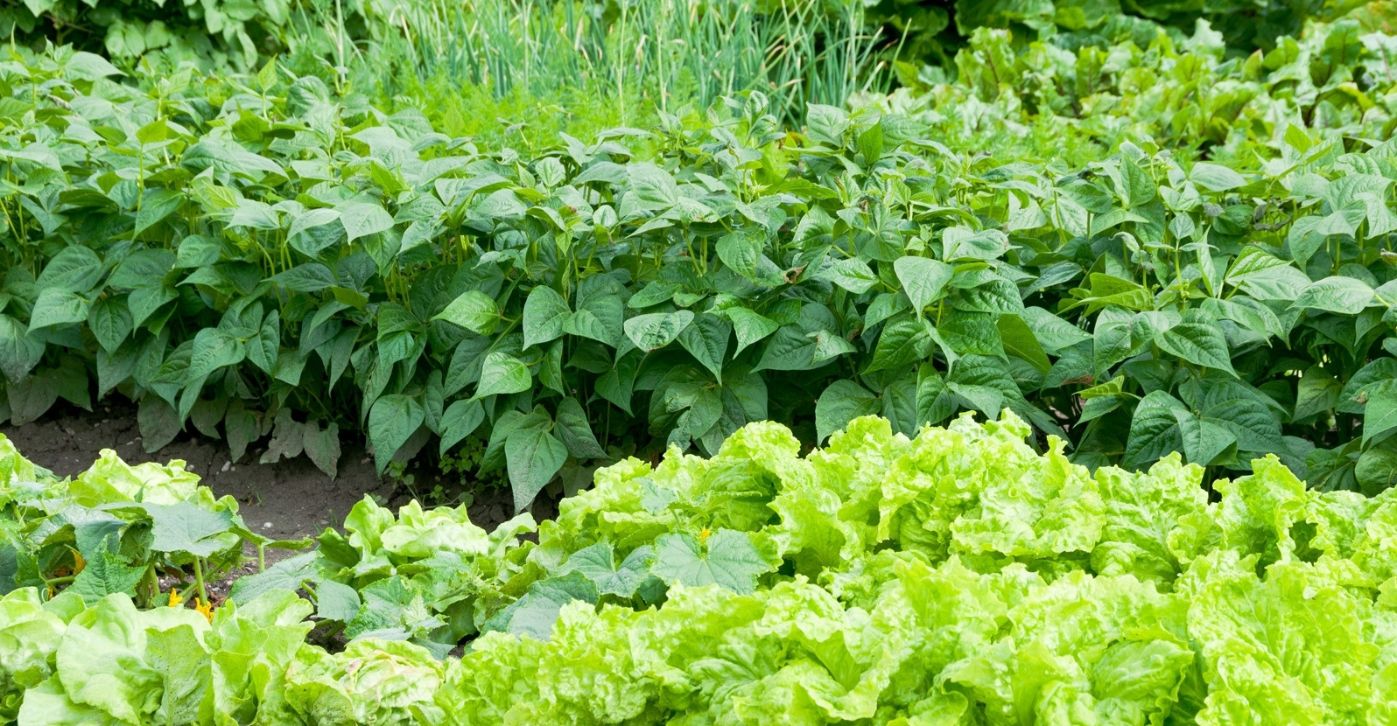
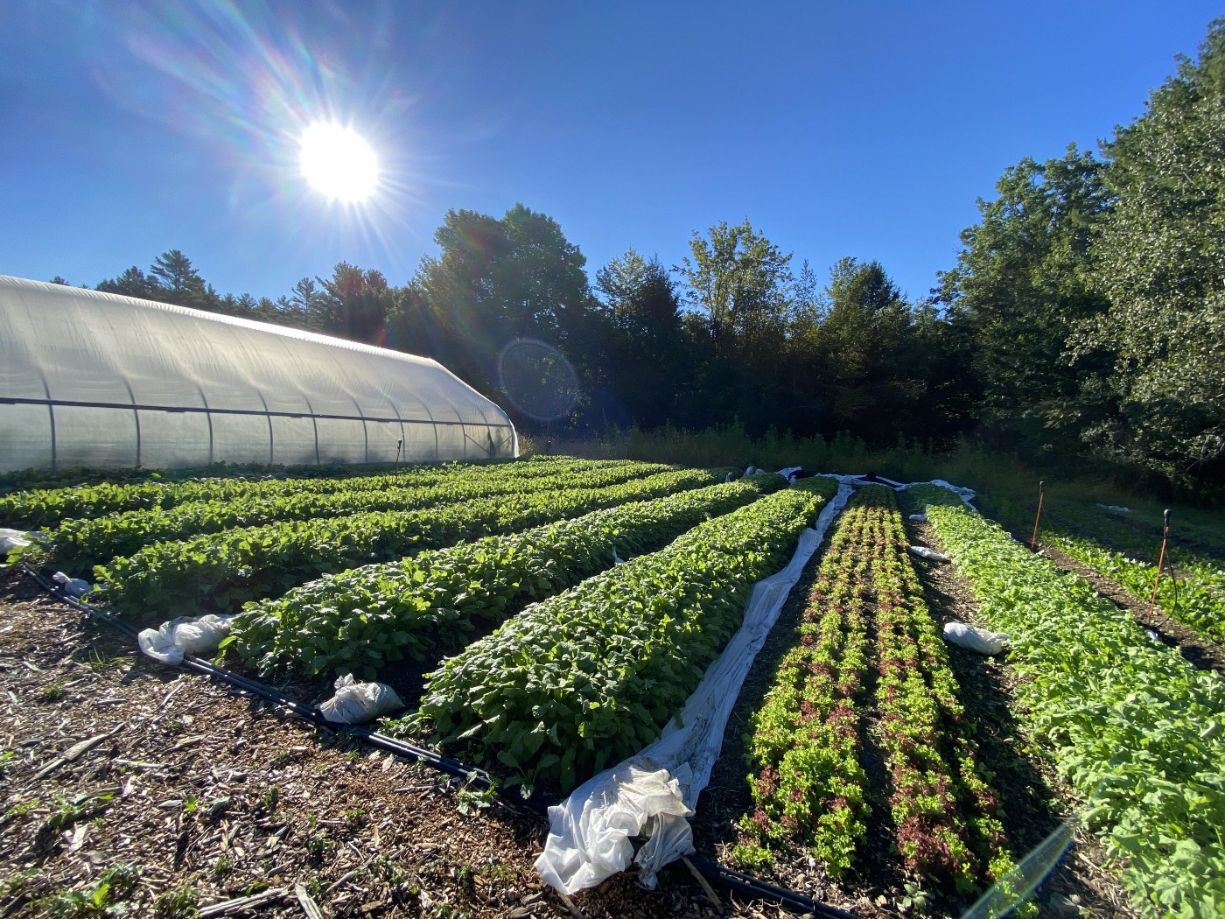

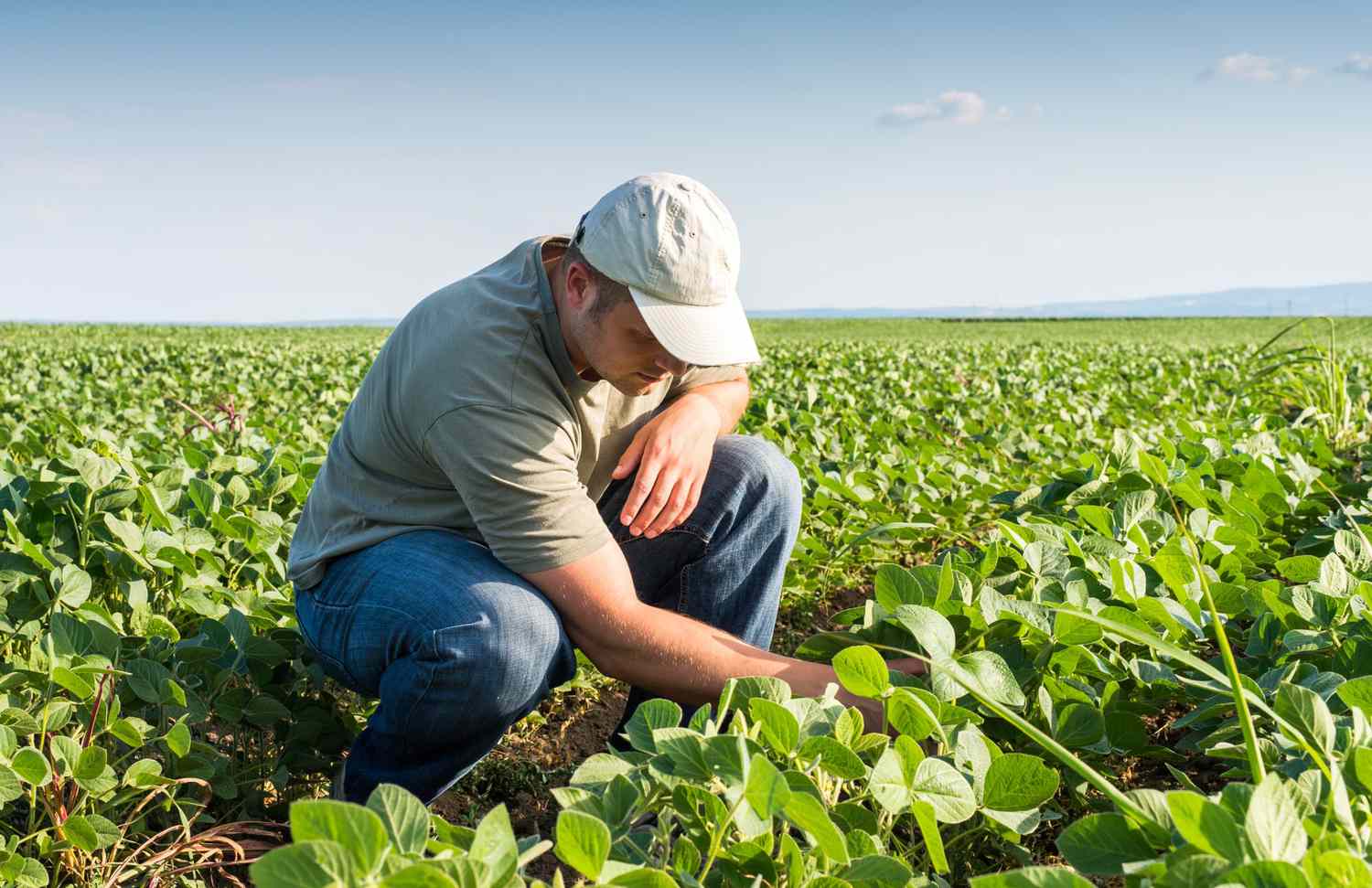

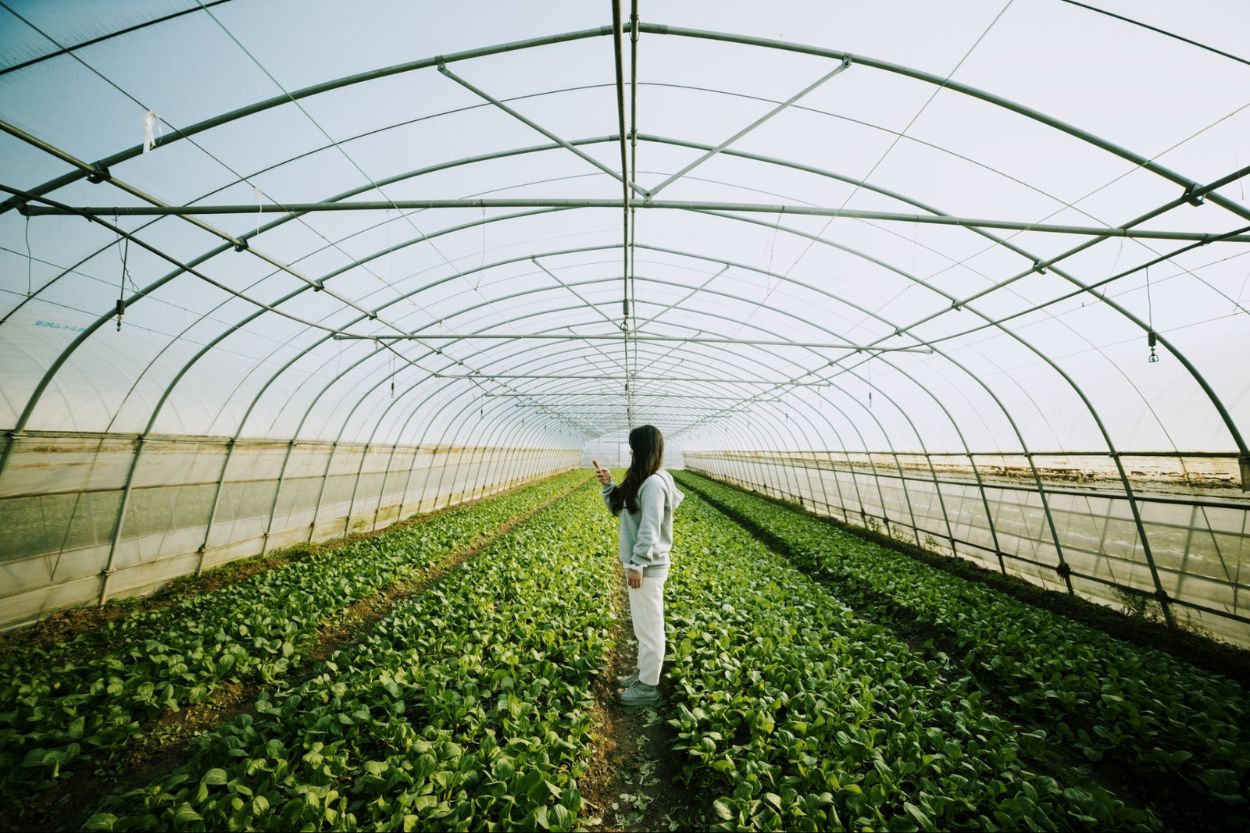
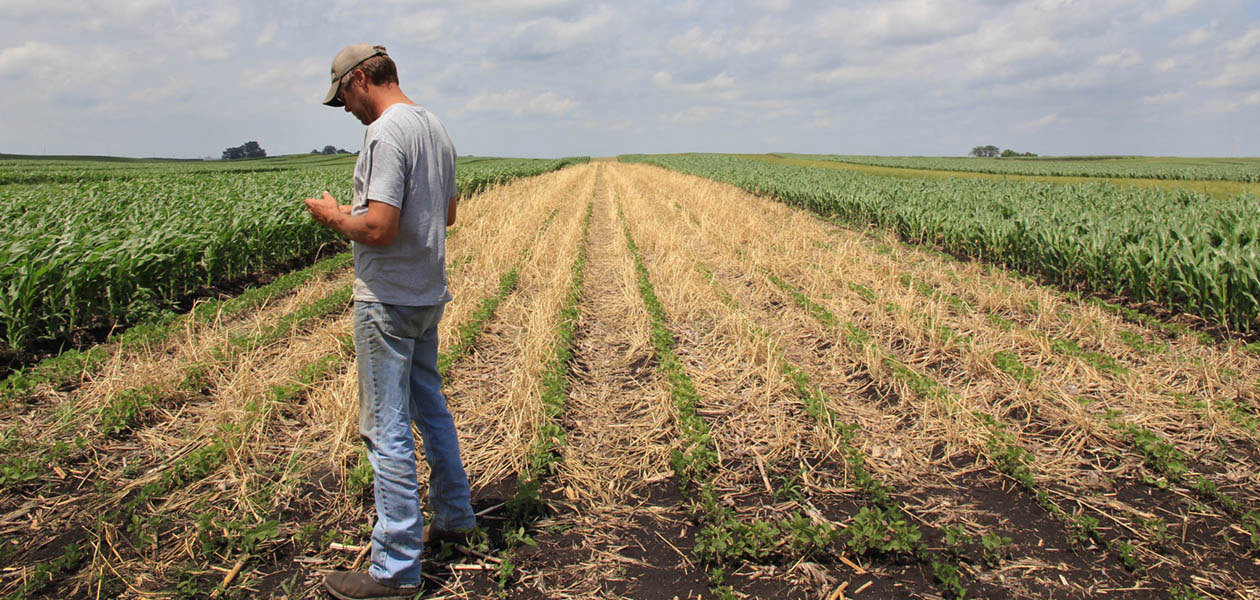
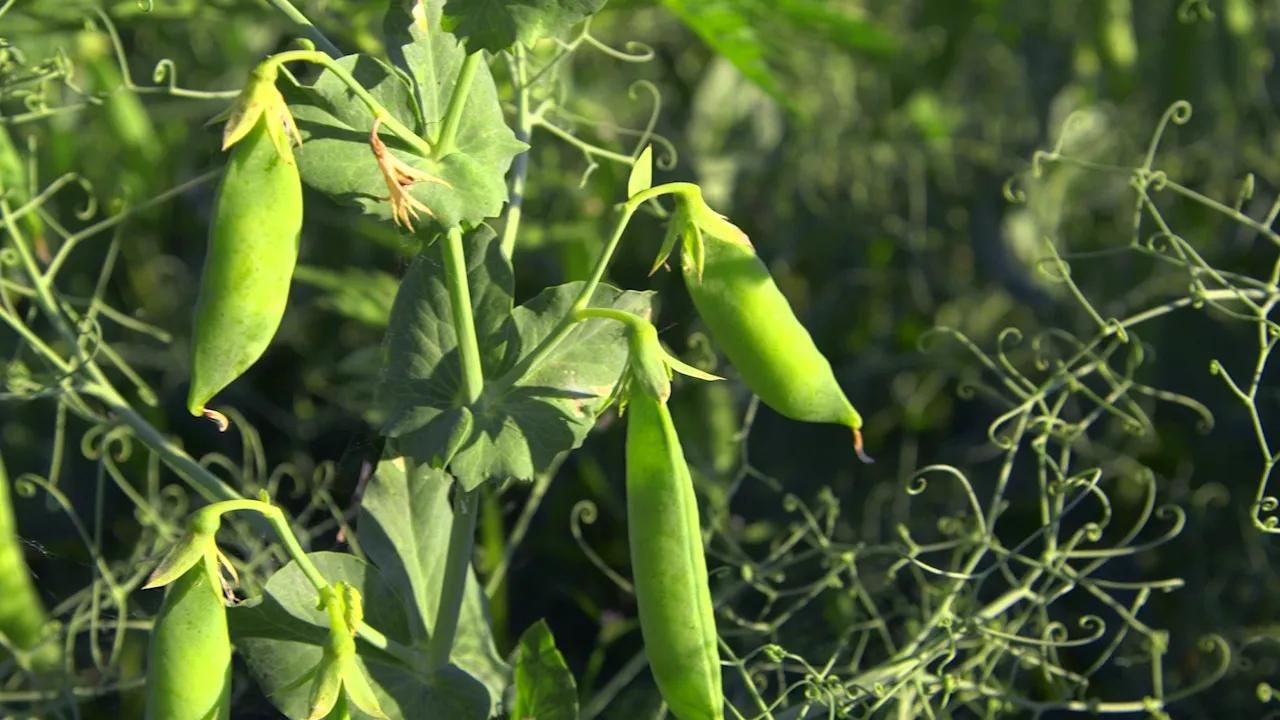
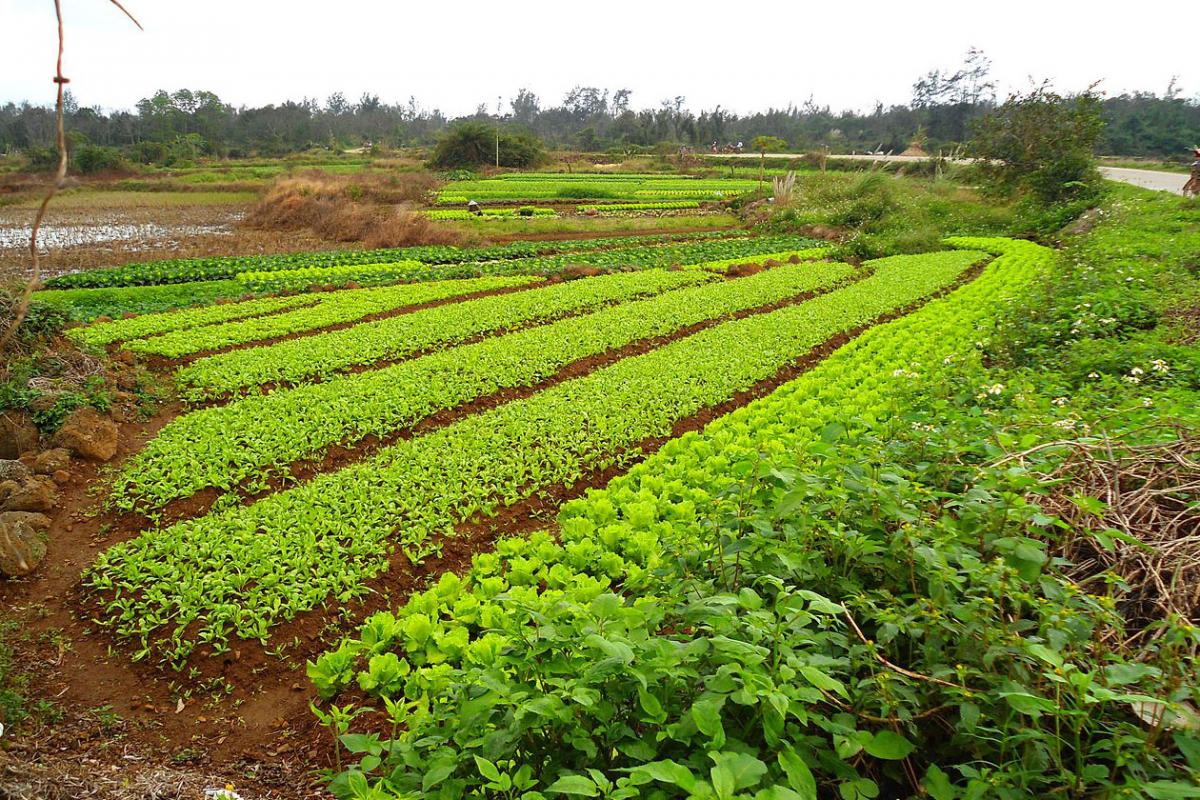



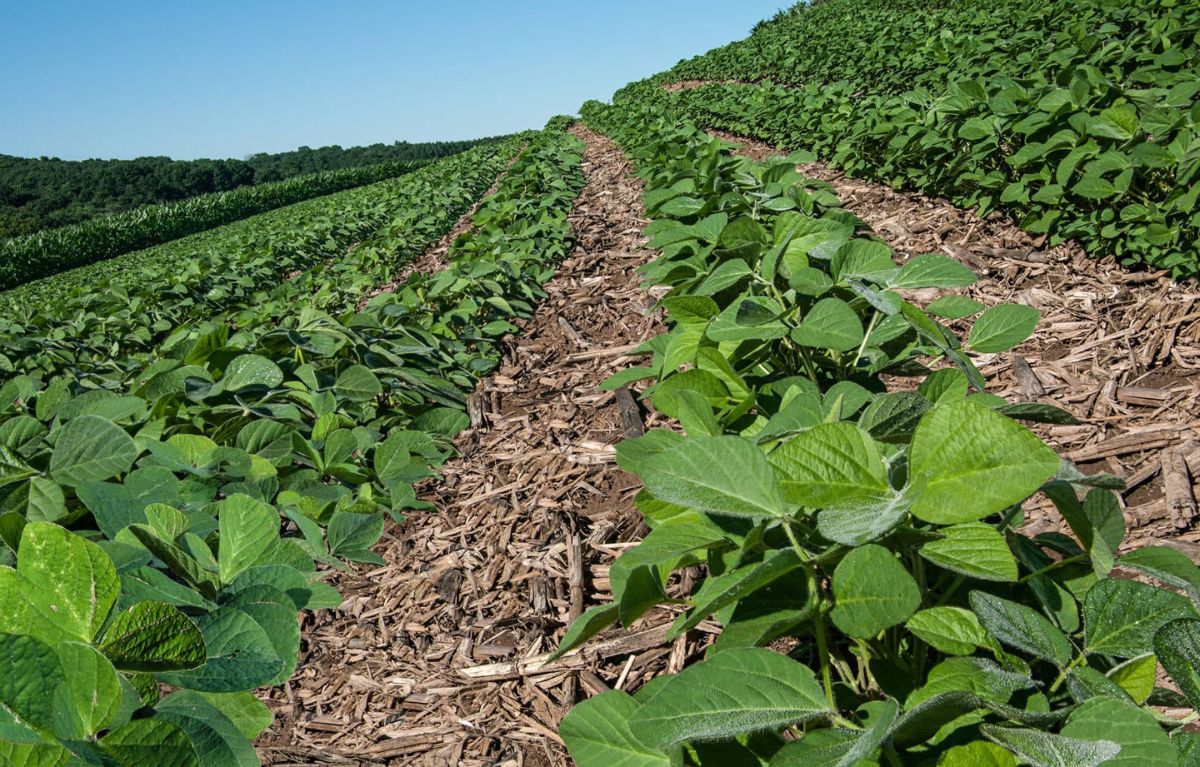

0 thoughts on “Why Does The Game Encourage Crop Rotation”